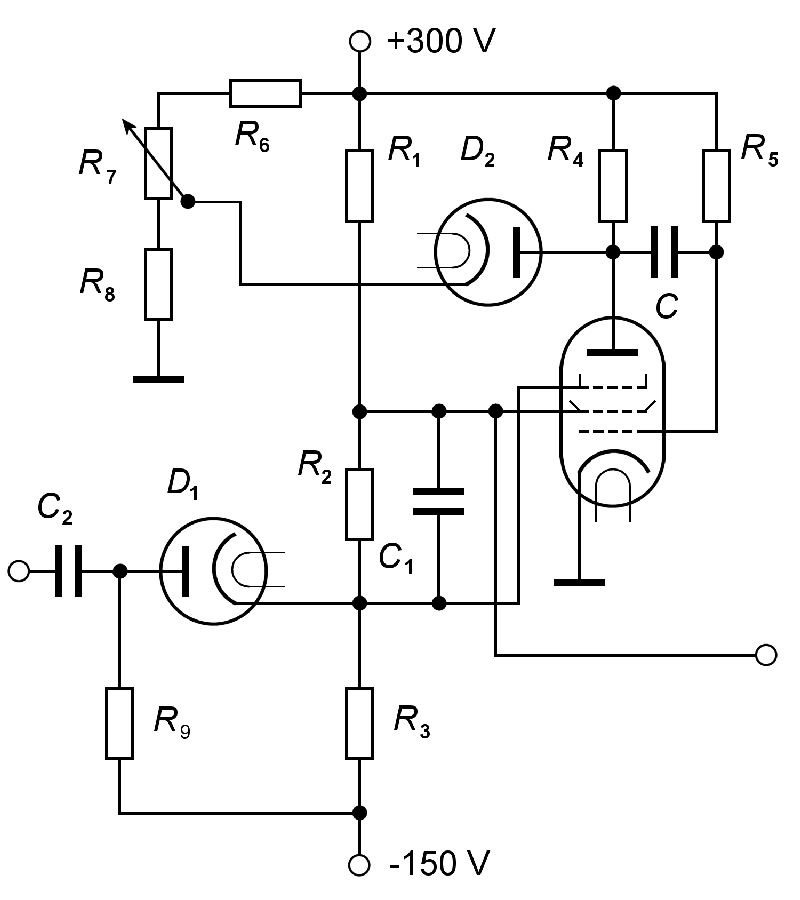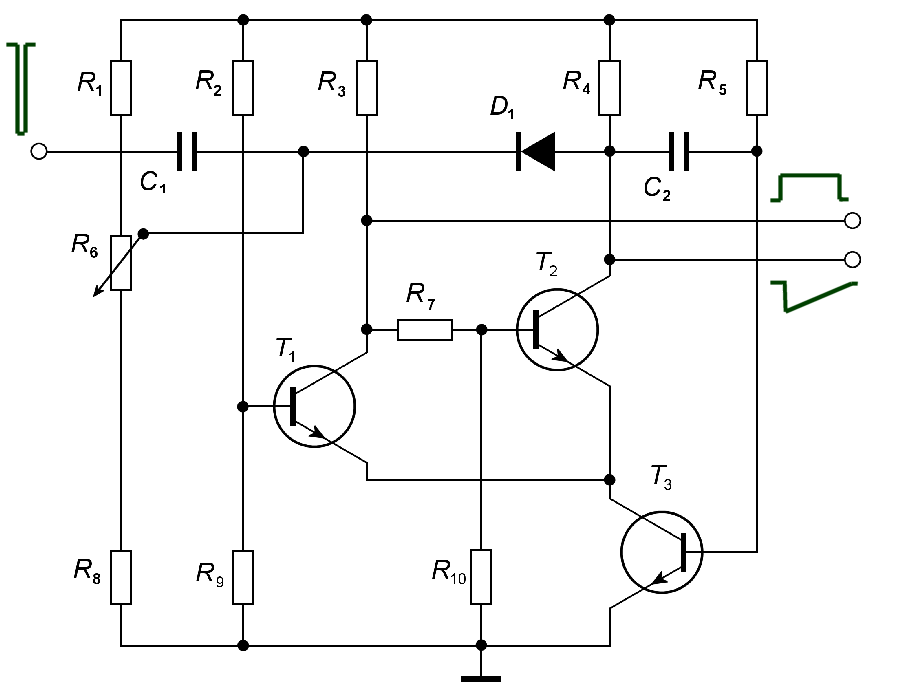Phantastron

Figure 1: Screen-coupled type of phantastron
A Phantastron is a special type of an astable multivibrator with very precise timing. The phantastron-type circuit is considered to be a relaxation oscillator similar to the multivibrator in operation. This circuit had special significance for the timing in ancient analog radars. It is basically a single pentode-type tube (pentagrid tubes are also used), with two or three diodes arranged to control linearity, turn-on or turn-off time, and operating level. It was invented in 1942 during radar development in World War 2 by the British engineer Alan Dower Blumlein.[1][2]
Whereas a multivibrator derives its timing waveform from an R-C circuit, the phantastron uses a basic Miller-type sweep generator to generate a linear timing waveform, rather than the exponential waveform developed by the R-C circuit of the multivibrator. Thus, the output waveform is a linear function of the input (control) voltage, and the timing stability is improved. This d-c voltage allows a remote control of the duration of the gates.
Two types of phantastron circuits are used – the screen-coupled type uses an internally generated waveform, generated in the screen circuit to control the suppressor electrode after the action is initiated by an input trigger. The cathode-coupled circuit utilizes uses an internally generated waveform developed across a resistor in the cathode circuit to control operation. Both circuits are classed as the slow-recovery type and provide reasonably fast turn-on and turn-off time. The fast-recovery type circuit uses a separate cathode follower to help speed up operation and provide a shorter recovery time.
The relationship between the screen-coupled and cathode-coupled phantastron is considered to have the best timing accuracy, the cathode-coupled circuit has other advantages. For example, it does not require a negative supply and can provide both positive and negative outputs, and it is claimed that for short ranges the linearity or the time modulation is actually better.

Figure 2: solid-state phantastron circuit
The phantastron circuit is used to generate a rectangular waveform, or linear sweep, whose duration is almost directly proportional to a control voltage. Because of its extreme linearity and accuracy, this waveform is used as a delayed timing pulse, usually in radar or display equipment. It is also used to produce time-delayed trigger pulses for synchronizing purposes and movable marker signals for display. For example it is used as a time-modulated pulse, to indicate antenna position at any instant of rotation, or as a range strobe or delay marker.
The principle of using a Miller integrator in a monostable multivibrator as a time-determining element may also be realized with a transistor circuit.
Sources and ressorces:
- T. K. Sarkar, Robert Mailloux, Arthur A. Oliner, M. Salazar-Palma, Dipak L. Sengupta: “History of Wireless” Wiley-IEEE Press, 2006, ISBN 978-0-471-71814-7, p.142
- Alan Dower Blumlein, “Improvements in or relating to electrical circuit arrangements for effecting integration and applications thereof”, Patent GB580527-A, Application date: June 5, 1942
- Electronics Installations and Maintenance Book - Electronic Circuits, formerly manual NAVSHIPS 900,000.102, Part 8 and Part 20 (online at www.navy-radio.com)


